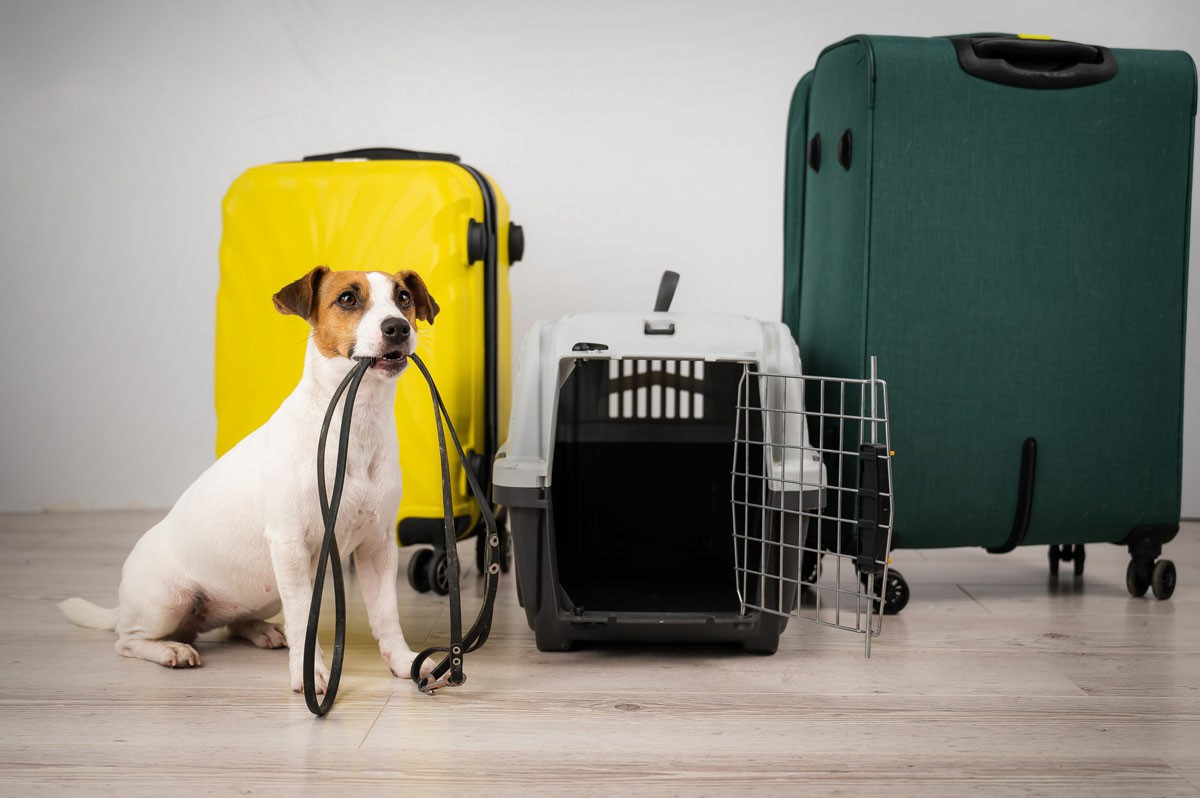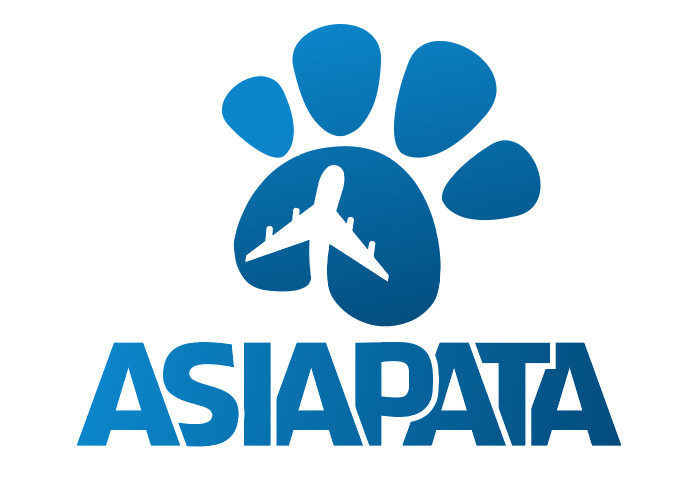What to Prepare When Bringing Your Pet for Long-Term Relocation

Moving abroad with your pet is not just about booking a flight — it’s about ensuring their safety, comfort, and compliance with every country’s regulations. Here’s a checklist to help you get ready for a smooth relocation.
1. Health and Vaccination Records
Before traveling, your pet must have:
-
Up-to-date vaccination certificates, especially against rabies.
-
A veterinary health certificate issued within 7–10 days of departure.
-
Microchip registration that meets ISO standards (some countries require this for identification).
For long-term stays, many countries also require blood tests or quarantine to prevent disease transmission.
2. Import Permits and Entry Requirements
Each country has its own rules:
-
Some require an import permit before your pet arrives.
-
Others may impose quarantine periods (from a few days to several months).
-
For example, Australia, New Zealand, Japan, and the UK have some of the strictest entry rules for animals.
Always check the official government website or your airline’s pet travel policy at least one month before departure.
3. Travel Crate and Comfort

Your pet’s travel crate must:
-
Be IATA-approved (International Air Transport Association standard).
-
Be spacious enough for your pet to stand, turn, and lie down comfortably.
-
Have ventilation holes, leak-proof base, and clear labeling with your contact details.
💡 Tip: Let your pet get used to the crate a few weeks before flying to reduce stress.
4. Choosing the Right Airline and Route
-
Some airlines allow small pets in the cabin, while others require cargo transport.
-
Choose airlines with temperature-controlled animal handling areas.
-
Avoid routes with long layovers in extreme climates.
Contact your airline in advance to reserve a pet spot, as most flights have limited space for animals.
5. After Arrival
Once you land:
-
Schedule a check-up with a local vet in your new country.
-
Update your pet’s microchip information with your new address.
-
Gradually help them adapt to their new environment with patience and care.
xem thêm:
- Cách chuẩn bị cho thú cưng trước khi đi xét nghiệm
- Microchip là gì? Tại sao thú cưng lại cần gắn Microchip?
- DỊCH VỤ VẬN CHUYỂN THÚ CƯNG HÀ NỘI – SÀI GÒN UY TÍN, AN TOÀN
